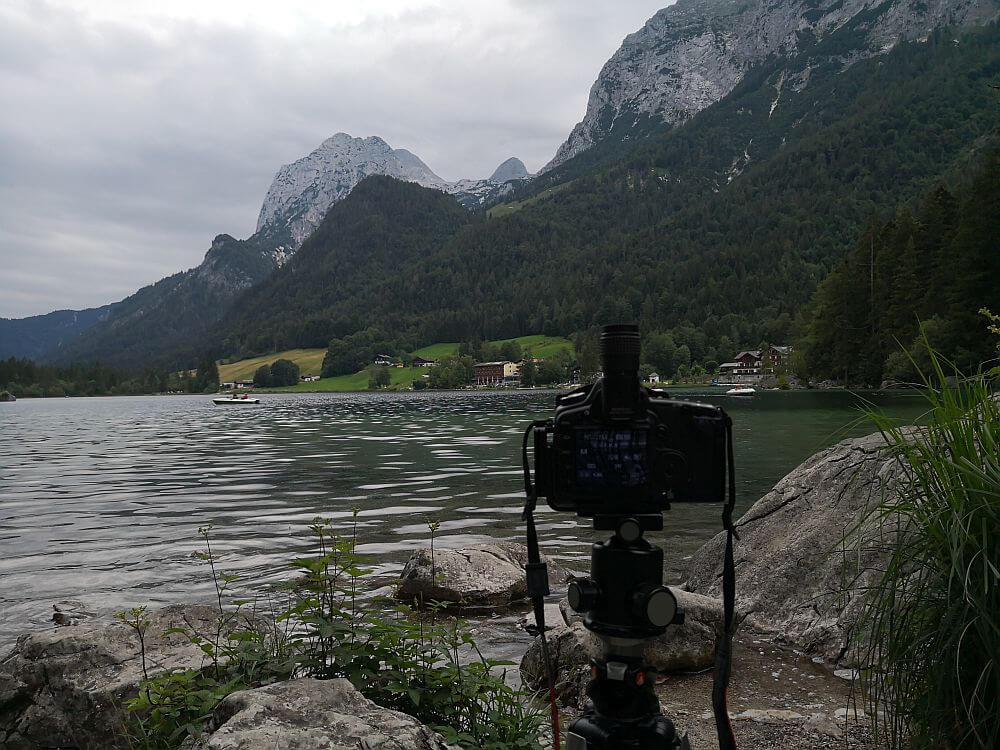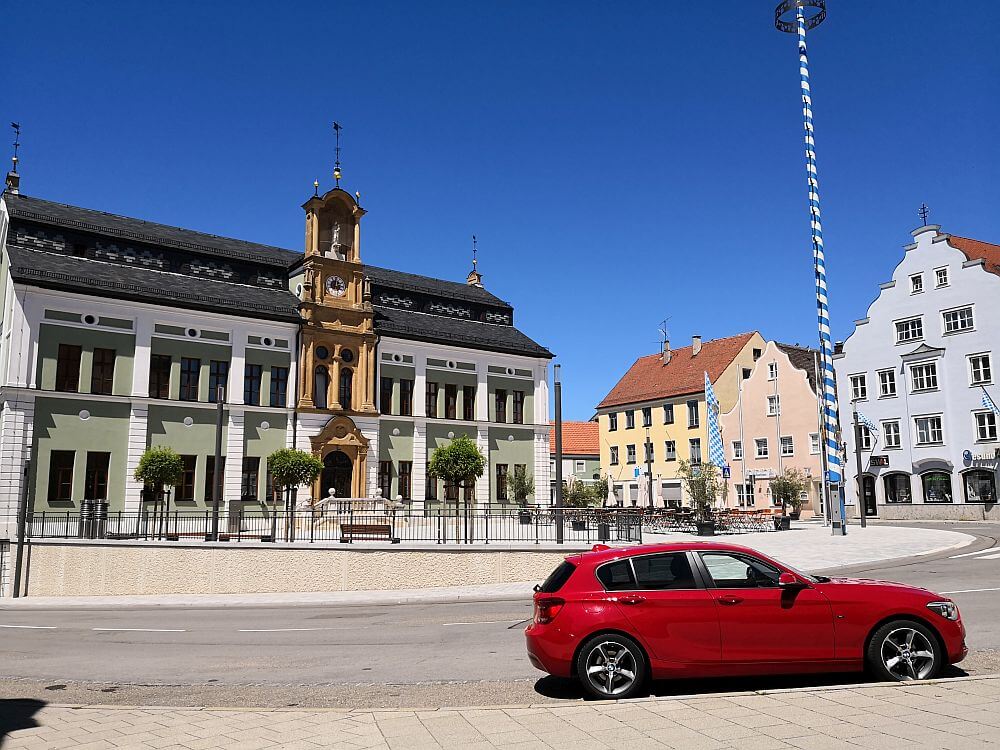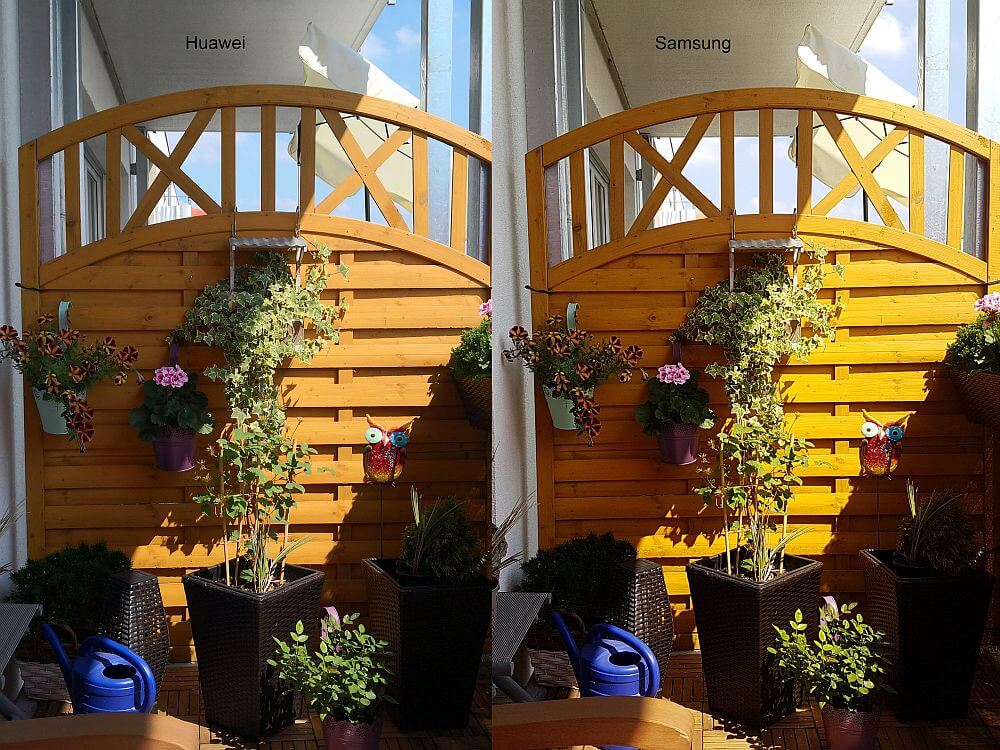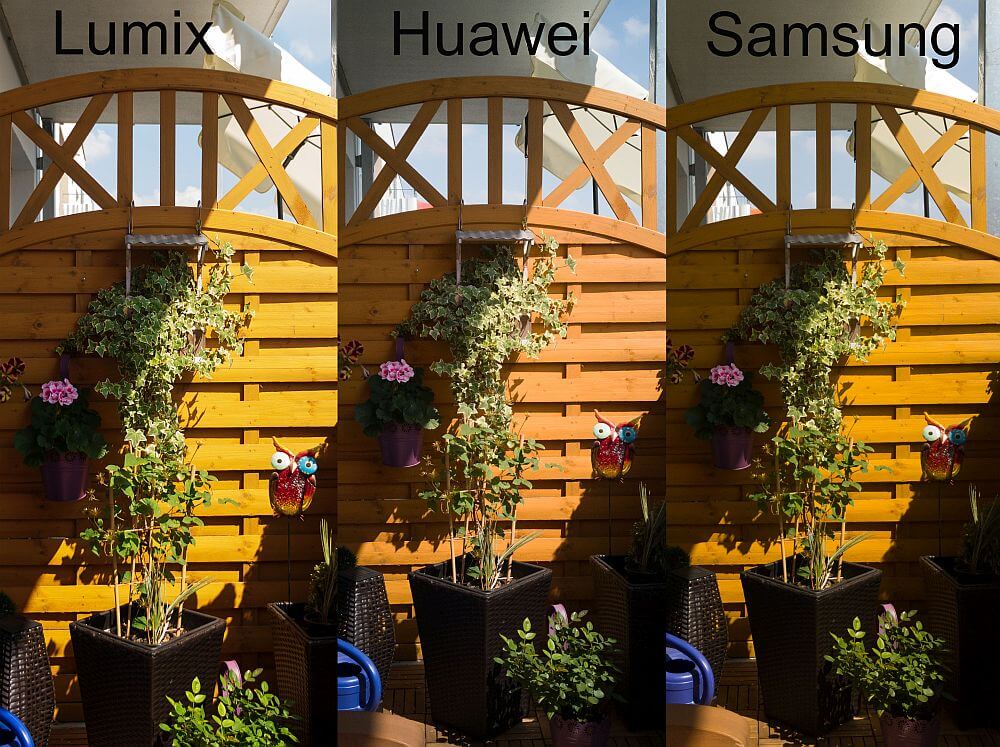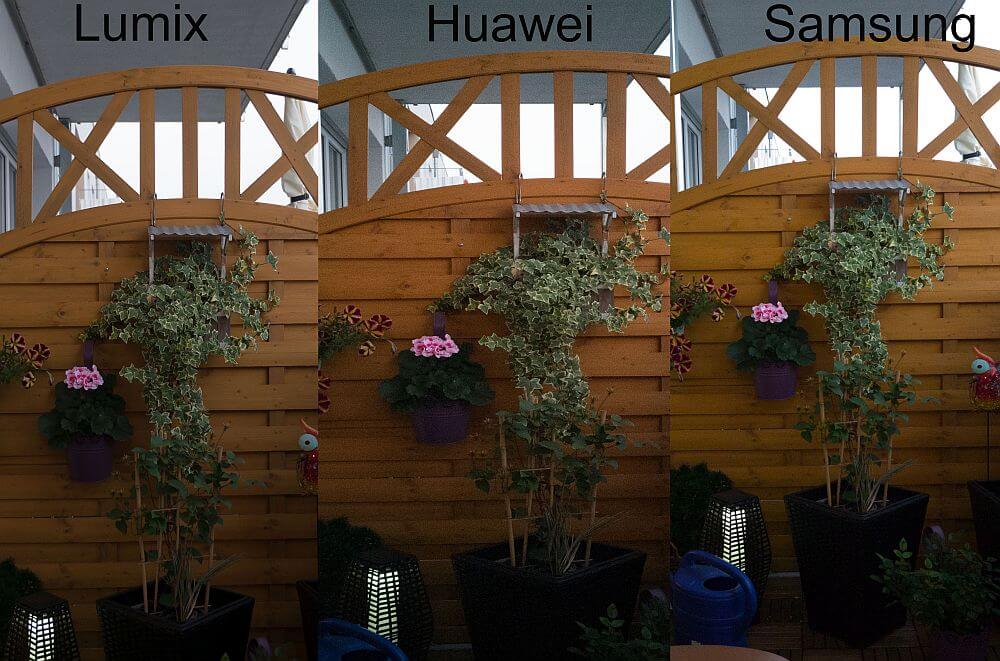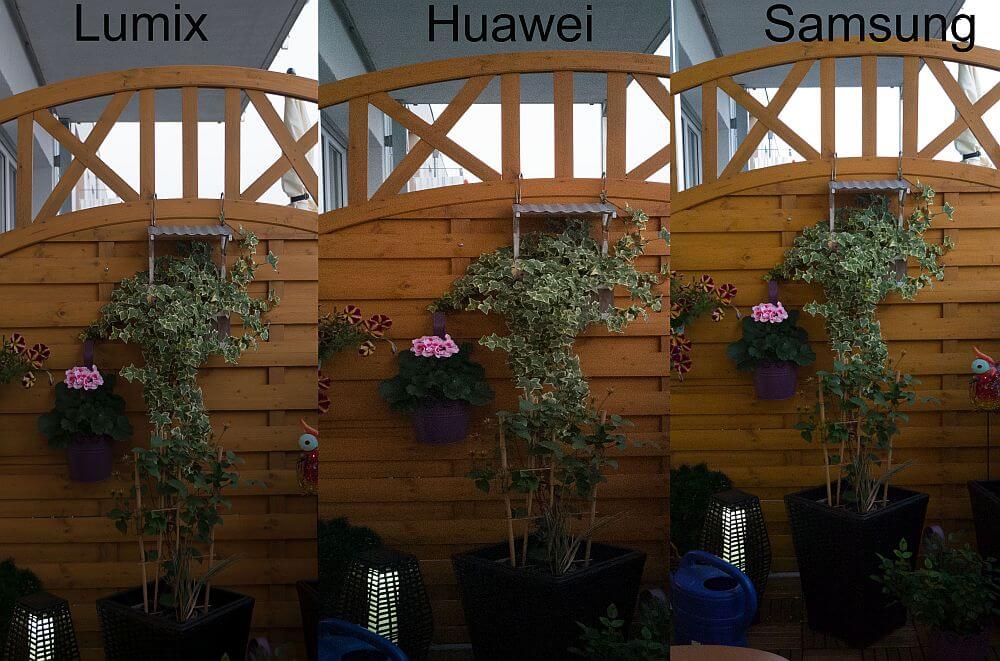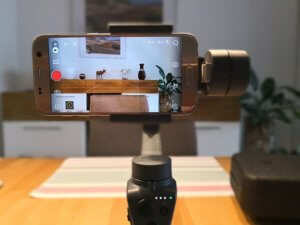Huawei Mate 10 Pro results
After a little bit more than 3 months its time to summerize my experiences with the Huawei Mate 10 Pro.
Introduction
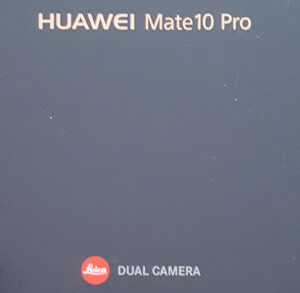 The Huawei Mate 10 Pro substituted my Samsung S6 a little bit after 3 years of usage. I got used to the size and the display and its brightness still convince me. Just like the battery which lasts at least 2 days before it has to be recharged. And i don’t miss a memory card slot, because 128 GB of available RAM is more than enough. Storage is more than enough if i recall that during the last vacation i did a little bit more than 28GB of photography/video in total.
The Huawei Mate 10 Pro substituted my Samsung S6 a little bit after 3 years of usage. I got used to the size and the display and its brightness still convince me. Just like the battery which lasts at least 2 days before it has to be recharged. And i don’t miss a memory card slot, because 128 GB of available RAM is more than enough. Storage is more than enough if i recall that during the last vacation i did a little bit more than 28GB of photography/video in total.
The Samsung S7 is now used as a smartphone fpr controlling my DJI Mavic Pro exclusively, but this phone doesn’t have a SIM card, so maps and so on are downloaded in advance with WLAN.
Besides this i mainly use a cell phone for making-of images and postings on FaceBook, Google+, Instagram or Twitter .
Camera
The camera basically is a 12 Mpix and a 20MPix sensor, but according to the description the 20MPix camera should give b/w results only. But i detected that a appropriate setup for JPEG files the results are 20MPix files, which are not b/w only at all. The dimensions for the 12 MPix files are 3968×2976 and for the 20Mpix files 5120x3840px. The Samsung S7 will produce images with a dimension of 4032x3024px. On optimal light conditions with short shutter speeds and low ISO settings you’ll a real good quality.
To be totally unfair i made this comparism in pro mode using the DNG format and added my mFT camera for comparism.
In RAW processing a altered the brightness, because the Samsung S7 generally produces brighter images. The differences are quite small, even viewed at a 100%.
Doing the same comparism at ISO 400 the quality still is good, but this is due to the JPEG engines reducing noise bute this is combined with a loss in fine details.
The results will look different doing the same comparism with RAW files:
Of course the Lumix camera will beat the other ones because of the larger sensor, but quite surprisingly the Samsung S7 will make a second place.
Video
Comparing video footage in 4K the Huawei Mate 10 Pro seems to be a little bit sharper viewed at 100%
But i noticed that a Lightroom import only works for 1080p videos, while with a Samsung S7 even an import with 4k footage works in Lightroom. For the Huawei Mate 10 Pro the import is rejected with the error message, that the files doesn’t contain video frames. Even in Premiere Pro CS6 only the audio track is identified, the video track is not available. After converting the video with Handbrake i was able to process video footage from the Huawei Mate 10 Pro.
Gimbal
If you’re reading this blog you know that i got myself the DJI Osmo Gimbal to capture videos with my cell phone. While regular videos can be done with 4k without any problem the most interesting feature of the Gimbal/app combination doing timelapse capturing is almsot not usable with the Huawei Mate 10 Pro, because timelapse are done in 720p only. And the Huawei Mate 10 Pro is listed as one of the compatible smart phones. Even the last update of the app which promised to improve the situation for the Huawei Mate 10 Pro did not not do any better. So far i’m using for timelapse and the Osmo gimbal i use my Samsung S7 which at least gives me 1080p timelapse videos.
Conclusion
The Huawei Mate 10 Pro still is a good cell phone, but too me there is almost no improvement in foto or video quality compared to an older Samsung S7. So a famous cooperation partner, in this case Lieca, does not guarantee a better image qualitiy.
And like always i make sense to buy a new phone not shortly after the release. Just wait a little while to get it cheaper and to check on problems.
ciao tuxoche
